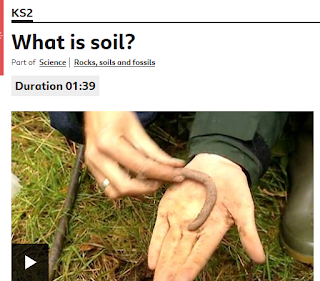Maths
Please continue to learn your times tables up to 12x 12
We will be focusing on another week of measurement! Have a go at measuring the length of different objects around your home and then record the measurement. Remember your top tips for using a ruler (always start to measure from 0 and make sure the ruler is straight). Once you have measured a range of objects, complete these task below:
1) Write the objects in order from shortest to longest.
2) What is the difference in length between the longest and shortest object?
3) What is the total length of the longest three objects?
4) What is the total length of the shortest three objects?
5) Use < > or = to compare some of your object lengths.
Other maths tasks
- Adding totals of the weekly shopping list or some work around money. This game could support work on adding money.(Internet explorer only)
- Practise telling the time. This could be done through this game (scroll down to access the game). Read to the quarter hour and the nearest 5 minutes.
- Get a piece of paper and ask your child to show everything they know about Subtraction. This could be pictures, diagrams, explanations, methods etc. They can be as creative as they want to be.
- Practise counting forwards and backwards from any given number in 5s
Science The focus is rocks and soils
Watch he clip titled How are fossils made?
French
Madame Cartlidge’s French at Home
Some of the games need two players, so see if someone else in your family would like to play
Be Creative
Make a salt dough fossil at home
hat you'll need:
- Salt Dough (click on the link for the recipe)
- Paint ( optional
- Paint brushes
- Dinosaur toys/ item to be fossilised
- Cookie sheet / baking tray
- Rolling pin
- Clear varnish spray (optional)
- Make salt dough according to the recipe in the link above. Roll the dough flat with a rolling pin.
- Make one of the fossil ideas listed below, or come up with one of your own!. Bake your fossil at 350 degrees for one hour.
- Once it is cool, you can paint the finished fossil. To preserve it, you'll need to spray it with polyurethane or clear varnish spray.
Be Active:
Joe Wick is putting on a PE at home lesson daily find him at P.E with Joe on youtube
the link inks to the lesson from Monday 23rd https://www.youtube.com/watch?v=Rz0go1pTda8
the link inks to the lesson from Monday 23rd https://www.youtube.com/watch?v=Rz0go1pTda8
.
Go for a walk or cycle but take social distancing precautions follow current govenrment advice











